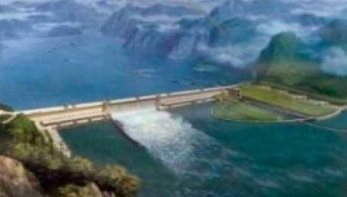
Indian and Chinese approaches pertaining to water related matters with neighboring states are a study in contrast. While Indian state behavior has been in line with a more treaty-based approach, the Chinese tend to be more unilateral (see Table 1 on Pgs. 12-14 analyzing the same). Additionally, the geographical situation herein gives the Chinese a natural advantage as the upper-riparian state. This report at the outset recognizes the immense ecological advantages of a joint river-basin mechanism for Tibet, India’s northeast and Bangladesh. While the study keeps the ecological aspect in the foreground, from an Indian strategic perspective it realistically evaluates the various challenges for a possible reconciliation between the two contrasting approaches that the Dragon and the Elephant have adopted with regard to water related matters. Given China’s aversion to multilateral systems in such affairs, in the section on ‘India’s Challenges and Opportunities’ a long-view analysis is provided drawing on the work of strategic experts as to how best deal with water situation. This is done keeping in mind the political challenges that encompass territory, ecology, religion, economic development and most importantly the Tibet question. This matter certainly has new-found salience in the present day and age given China’s latest 5 Year Plan (2021-2025) giving the go ahead for construction of hydropower projects on the lower reaches of the Yarlung Zangbo River, as the Brahmaputra is known in Tibet.
© 2019 ICS All rights reserved.
Powered by Matrix Nodes